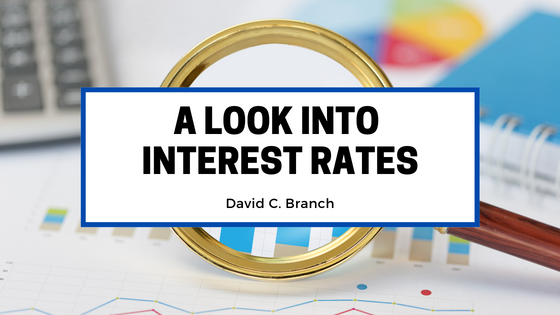Consumers have many choices when it comes to signing up for a credit card. While the benefits of using one are obvious, the associated interest rates and hidden fees can influence a person’s likelihood when choosing a new credit card. As the Federal Reserve raises interest rates in 2022, the average credit card APR continues to rise and has seen the highest rates in two years. Most credit cards in the U.S. are tied to the federal funds rate. When it changes, the prime rate typically moves by the same amount. Due to the increasing number of lenders that are increasing the APRs they offer online, the national average rate is expected to move closer to 17% by the end of the year.
The average interest rate on new credit card offers is currently at its highest point since March 2020, when the Federal Reserve reduced the key interest rate by half a point. As a result, many consumers will see higher interest rates in the coming months. The central bank’s rate hikes have been unusually aggressive, and it’s expected to continue reversing the emergency rate cuts that it made during the pandemic. The Feds typically choose a more gradual approach when it comes to raising interest rates, increasing the federal funds rate by a quarter of a percentage point each time it makes a move. Since the beginning of 2022, the rate has increased twice, both by half a point.
As the Fed continues to raise interest rates, it’s expected to increase by another half-point in June and another half-point in July. This will cause the interest rates on various types of loans to rise to their highest levels since the fall of 2019. During that period, the prime rate was at 5% and the average credit card APR was around 17%.
The rise in interest rates started in 2015 and continued until 2019. In response to the economic turmoil that occurred during the pandemic, the Fed responded by reducing interest rates. Since then, the central bank has reversed course and is expected to raise rates several times in 2022. For most, before 2015, credit card rates were relatively stable thanks to the passage of the Credit Card Accountability, Disclosure, and Responsibility Act of 2009. The Credit CARD Act of 2008 was a law that aimed to limit the number of times that credit card companies can raise their rates and the amount of money that they can collect from their customers. As a result, the interest rates on credit cards became volatile for several years. Although the changes caused credit card interest rates to rise, they didn’t lead to a significant decrease in stability. Instead, they stayed stable until the Fed started raising rates again in 2015. The rate increases that occurred in 2015 eventually led to the high levels that consumers are currently experiencing.
It’s important that consumers start reducing their credit card balances in order to lower their interest rates. If you’re still struggling with your financial situation, one of the best ways to get back on track is to pay off your credit card debt. Doing so can help free up more money for a rainy day fund. In addition, by reducing your debt, you can also have more control over the interest rates on your credit card.

